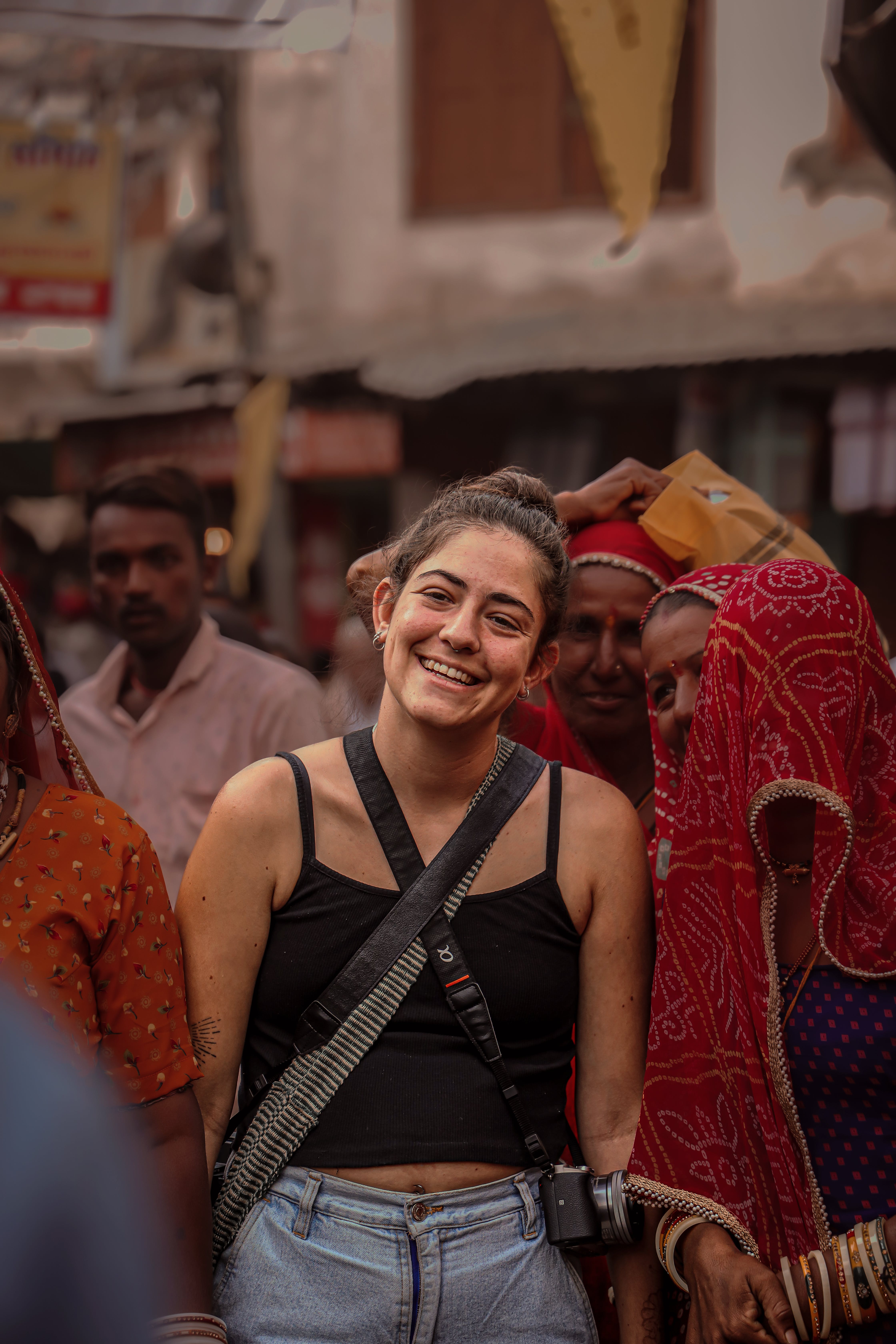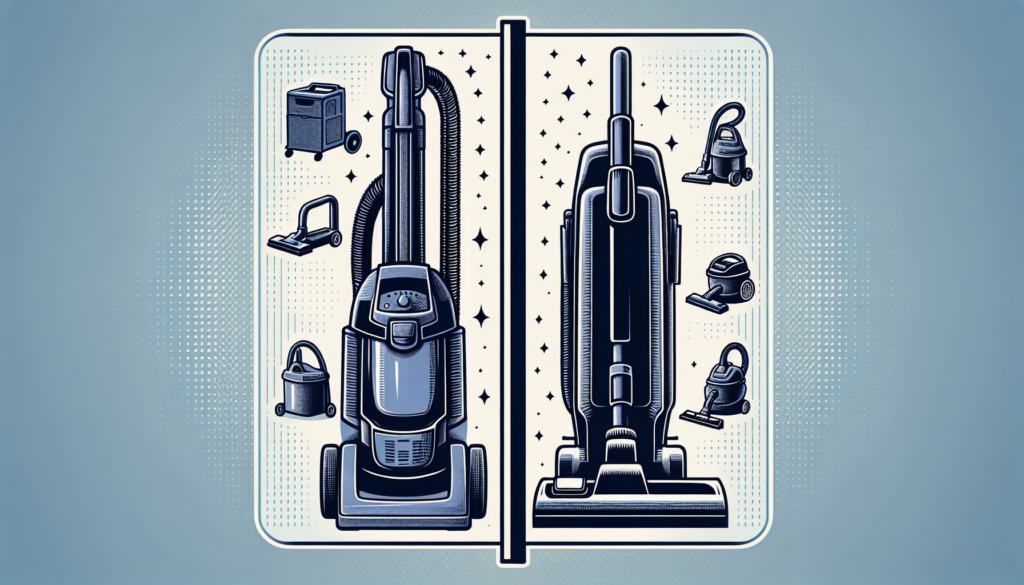Ready to upgrade your photography game? Look no further than our guide on buying a new digital camera. Packed with expert advice and detailed insights, we’ve got you covered when it comes to comparing features. Whether you’re a professional or just starting out, finding the perfect camera to capture those precious moments can be overwhelming. With our trusted source at BuySellCloud.com, you can make confident purchase decisions and take your photography skills to the next level. So, let’s dive in and explore the world of digital cameras together!

Camera Type
When shopping for a new digital camera, one of the first decisions you’ll need to make is what type of camera you want to invest in. There are three main types of digital cameras to choose from: point-and-shoot, mirrorless, and DSLR.
Point-and-Shoot
Point-and-shoot cameras are perfect for those looking for simplicity and convenience. These cameras are compact, lightweight, and easy to use, making them a great option for beginners or casual photographers. They typically have a fixed lens and limited manual controls, but they excel in automatic shooting modes, making it easy to capture great photos without much effort.
Mirrorless
Mirrorless cameras are a relatively newer addition to the digital camera market and have gained popularity among enthusiasts and professional photographers. These cameras combine the compact size of point-and-shoot cameras with the versatility and image quality of DSLRs. They feature interchangeable lenses and advanced manual controls, giving you more creative freedom and control over your photography. Mirrorless cameras also offer electronic viewfinders, which provide a real-time preview of your shot, making it easier to compose your images.
Digital Single Lens Reflex (DSLR)
DSLR cameras have been around for a long time and are known for their exceptional image quality and versatility. These cameras use a mirror and prism system to reflect light onto the image sensor, allowing you to see exactly what the lens sees through an optical viewfinder. DSLRs offer a wide range of lenses and accessories, making them a favorite among professional photographers who require maximum control and flexibility. They also perform well in low light conditions and offer fast autofocus capabilities.
Image Sensor
The image sensor is the heart of any digital camera and plays a vital role in determining the overall image quality. There are a few key factors to consider when comparing image sensors: sensor size, resolution, and low light performance.
Sensor Size
Sensor size refers to the physical dimensions of the image sensor. Generally, larger sensors tend to produce better image quality, as they can capture more light and have better dynamic range. Full-frame sensors are the largest and are often found in professional DSLR cameras, while smaller sensors like APS-C or Micro Four Thirds are more common in mirrorless or entry-level DSLR cameras.
Resolution
Resolution measures the number of pixels on the image sensor and determines the level of detail in your photos. Higher resolution sensors allow for larger prints and more cropping flexibility without sacrificing image quality. However, keep in mind that higher resolution doesn’t always mean better quality, as other factors like sensor size, lens, and image processing also play crucial roles.
Low Light Performance
Low light performance refers to how well a camera can capture images in challenging lighting conditions, such as indoor or nighttime settings. Cameras with larger sensors generally excel in low light situations, as they can capture more light and reduce noise levels. Additionally, cameras with higher ISO range and advanced noise reduction technology will also perform better in low light.

Lens Options
The lens is another critical component of a digital camera, as it directly affects the sharpness, clarity, and creative possibilities of your images. When comparing different cameras, consider the following lens features: zoom range, aperture, and image stabilization.
Zoom Range
The zoom range determines how much the lens can magnify the subject. Cameras with a wide zoom range are versatile and can capture both wide-angle and telephoto shots without changing lenses. Conversely, cameras with a fixed focal length (prime lenses) offer better image quality and larger maximum apertures.
Aperture
Aperture refers to the size of the lens opening and affects the amount of light that enters the camera. A larger aperture (smaller f-number) allows for more light, making it ideal for low light situations and creating a shallow depth of field. A smaller aperture (larger f-number) allows for greater depth of field, ensuring that more of the scene will be in focus.
Image Stabilization
Image stabilization compensates for small movements of the camera during handheld shooting, resulting in sharper images. Optical image stabilization (OIS) and sensor-shift image stabilization are the two main types. OIS adjusts the lens elements to counteract camera shake, while sensor-shift stabilization moves the image sensor itself. Both methods are effective, but certain cameras may have one or both types of stabilization.
ISO Range
ISO measures the sensitivity of the camera’s image sensor to light. A wider ISO range provides flexibility in different lighting conditions and allows you to capture well-exposed images in both bright sunlight and dimly lit environments.
Low ISO Performance
Cameras with excellent low ISO performance produce images with minimal noise and retain high levels of detail. This is crucial when shooting in well-lit situations or when you want to capture images with a crisp and clean look. Larger sensors and advanced noise reduction algorithms contribute to superior low ISO performance.
High ISO Performance
High ISO performance is essential when shooting in low light conditions or situations where a fast shutter speed is required to freeze motion. Cameras with good high ISO performance produce images with little noise and retain detail even at higher ISO settings. Look for cameras with a wide ISO range and effective noise reduction algorithms for better high ISO performance.

Image Processing
Image processing plays a crucial role in achieving the final look of your photographs. Different cameras employ various image processing techniques, which can affect colors, sharpness, and noise levels. When comparing cameras, consider the following image processing features: image processor, RAW support, and image filters.
Image Processor
The image processor is the brain behind the camera’s image processing capabilities. It determines how quickly the camera can process images, handle noise reduction, and apply various settings and effects. Look for cameras with advanced image processors that offer fast processing speeds and accurate color reproduction.
RAW Support
RAW is an uncompressed image format that captures all the information recorded by the camera’s image sensor. Shooting in RAW allows for more flexibility in post-processing, as it provides greater control over exposure, white balance, and other parameters. However, working with RAW files requires additional processing time and specialized software.
Image Filters
Image filters, also known as creative modes or picture styles, allow you to apply different color effects and styles to your photos. These filters can be used to enhance certain scenes, mimic classic film looks, or add creative flair to your images. Some cameras offer a wide range of built-in filters, while others allow for customization and creativity with downloadable filters.
Focus System
The focus system is responsible for ensuring sharp and accurately focused images. Whether you’re shooting action-packed sports or capturing the delicate details of a flower, a reliable focus system is essential. Consider the following focus system features when comparing cameras: auto focus points, manual focus options, and tracking focus.
Auto Focus Points
Auto focus points are the specific areas in the frame that the camera uses to focus on a subject. A camera with a higher number of auto focus points offers more flexibility and precision in focusing. Additionally, look for cameras with advanced auto focus systems that offer features like face detection, eye detection, and object tracking for even better accuracy and subject recognition.
Manual Focus Options
Manual focus allows you to take full control of the focus settings, overriding the camera’s auto focus system. This is particularly useful when shooting in challenging conditions or when you want to achieve a specific creative effect. Look for cameras with manual focus options that provide easy and intuitive control, such as focus peaking or magnified view.
Tracking Focus
Tracking focus is a feature that allows the camera to continuously track a moving subject and maintain focus as it moves across the frame. This is crucial for sports, wildlife, and other fast-paced photography genres. Cameras with advanced tracking focus capabilities and fast autofocus speeds ensure you don’t miss critical moments and capture sharp, in-focus images.
Shooting Modes
Shooting modes determine how the camera behaves when capturing images and videos. Each mode offers different levels of control and automation, catering to different skill levels and shooting scenarios. Consider the following shooting modes when comparing cameras: auto mode, manual mode, scene modes, shutter priority, and aperture priority.
Auto Mode
Auto mode is perfect for beginners or when you simply want to point and shoot without worrying about technical details. In this mode, the camera automatically adjusts the exposure settings to deliver a well-exposed image. Some cameras offer advanced auto modes that can detect the scene type and optimize settings accordingly.
Manual Mode
Manual mode provides full control over the camera’s exposure settings, including shutter speed, aperture, and ISO. It allows for creative freedom and flexibility, enabling you to achieve the desired look and effects in your photos. Manual mode is ideal for experienced photographers who want complete control over their camera settings.
Scene Modes
Scene modes are pre-programmed settings that optimize the camera’s settings for specific shooting scenarios, such as landscapes, portraits, or night scenes. These modes can enhance colors, adjust exposure, or apply other settings to achieve the best results for a particular scene. They are great for beginners who want to experiment with different shooting conditions without diving into manual settings.
Shutter Priority
Shutter priority mode allows you to set the desired shutter speed while the camera adjusts the aperture and ISO accordingly for proper exposure. This mode is ideal for situations where capturing motion is essential, such as sports or wildlife photography. By controlling the shutter speed, you can freeze fast action or create motion blur effects.
Aperture Priority
Aperture priority mode allows you to set the desired aperture while the camera adjusts the shutter speed and ISO for proper exposure. This mode is particularly useful when you want precise control over the depth of field, allowing you to create images with a blurred background (wide aperture) or a sharp foreground to background (narrow aperture).
Video Recording
Modern digital cameras not only excel in still photography but also offer high-quality video recording capabilities. If you’re interested in capturing videos, consider the following video recording features when comparing cameras: resolution, frame rate, and video stabilization.
Resolution
Video resolution refers to the number of pixels recorded in each frame and determines the level of detail and sharpness in your videos. Common video resolutions include Full HD (1080p), 4K UHD (2160p), and even higher resolutions like 6K or 8K. Higher resolutions offer better detail, but keep in mind that they also require more storage space and processing power.
Frame Rate
The frame rate determines the number of video frames captured per second. Common frame rates include 24 fps (cinematic look), 30 fps (standard), and 60 fps (smooth motion). Higher frame rates are essential for capturing fast action or creating slow-motion effects. Some cameras also offer advanced frame rate options, such as 120 fps or 240 fps, for ultra-slow-motion recording.
Video Stabilization
Video stabilization compensates for camera shake during video recording, resulting in smoother and more professional-looking videos. Optical image stabilization (OIS) and electronic image stabilization (EIS) are the two main methods used. OIS uses lens adjustments to counteract camera movement, while EIS digitally crops and adjusts the video to compensate for shake. Look for cameras with effective video stabilization for steady handheld footage.
Connectivity Options
In an increasingly connected world, having wireless connectivity features in your camera can greatly enhance your shooting experience and streamline photo sharing. Consider the following connectivity options when comparing cameras: Wi-Fi, Bluetooth, and NFC.
Wi-Fi
Wi-Fi enables you to connect your camera to a smartphone, tablet, or computer, allowing for easy image transfer and remote shooting. With Wi-Fi, you can quickly share your photos on social media, backup your images wirelessly, or control your camera remotely using dedicated apps. Look for cameras with robust Wi-Fi functionality and seamless integration with your preferred devices.
Bluetooth
Bluetooth allows for a low-power, always-on connection between your camera and other devices. This feature is handy for quick and automatic image transfer, location tagging, or remote control capabilities. Bluetooth also conserves battery life compared to Wi-Fi, making it ideal for continuous data exchange between your camera and compatible devices.
NFC
NFC (Near Field Communication) enables quick and easy pairing between your camera and other NFC-enabled devices, such as smartphones or printers. By simply touching the two devices together, they can establish a connection for seamless image transfer or other NFC-enabled functions. NFC is particularly useful for hassle-free setup and simplified file sharing.
Additional Features
In addition to the core features mentioned above, many cameras come with additional features that can enhance your shooting experience and cater to specific needs. Consider the following additional features when comparing cameras: touchscreen, viewfinder, waterproofing, built-in flash, and external flash support.
Touchscreen
A touchscreen display provides intuitive control and navigation through the camera’s settings and menus. Touchscreens allow for easy access to features, quick focus or exposure adjustments, and seamless playback of images and videos. They also facilitate touch-to-focus capabilities for precise focusing on specific subjects.
Viewfinder
A viewfinder allows you to compose your shots by looking directly through the camera’s optics. Optical viewfinders (found in DSLRs) provide a natural and direct view of the scene, while electronic viewfinders (found in mirrorless cameras) offer real-time previews with exposure and white balance information. Viewfinders are particularly useful in bright sunlight or when you want to steady your grip while shooting.
Waterproof
Waterproof cameras are specifically designed to resist water and other environmental elements. These cameras are ideal for underwater photography, outdoor adventures, or when shooting in challenging weather conditions. Waterproof cameras offer sealed casings and special gaskets to ensure protection against moisture, dust, and other particles.
Built-in Flash
Built-in flashes provide on-camera illumination for low-light situations or when you need to fill in shadows. While the power and coverage of built-in flashes are often limited compared to external flashes, they offer convenience and are always readily available when you need them. Built-in flashes can be used either directly or bounced off surfaces to achieve different lighting effects.
External Flash Support
For more advanced lighting needs, cameras with external flash support allow you to attach and control external flashes directly on the camera. External flashes provide greater power, flexibility, and control over your lighting, allowing you to achieve professional-quality results. Look for cameras with a hot shoe or sync port that enables compatibility with a wide range of external flash systems.
In conclusion, when buying a new digital camera, it’s crucial to compare different features and consider your specific photography needs. By understanding the various camera types, image sensor capabilities, lens options, focus systems, shooting modes, video recording capabilities, connectivity options, and additional features, you can make an informed decision and find the perfect camera that meets your requirements. Enjoy capturing memorable moments with your new digital camera!




